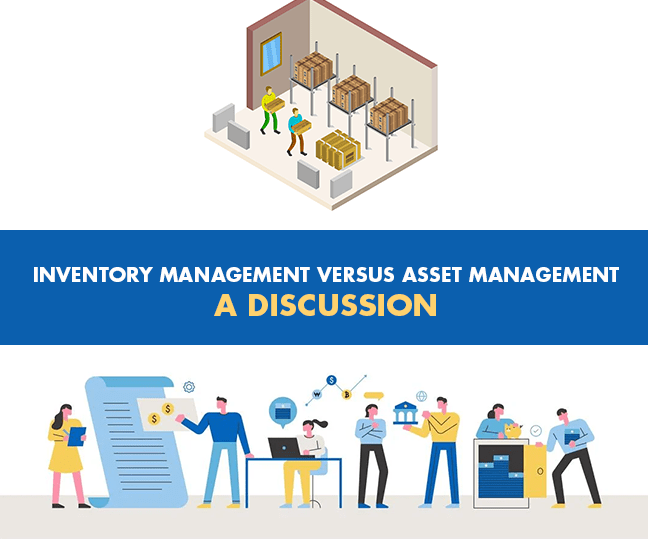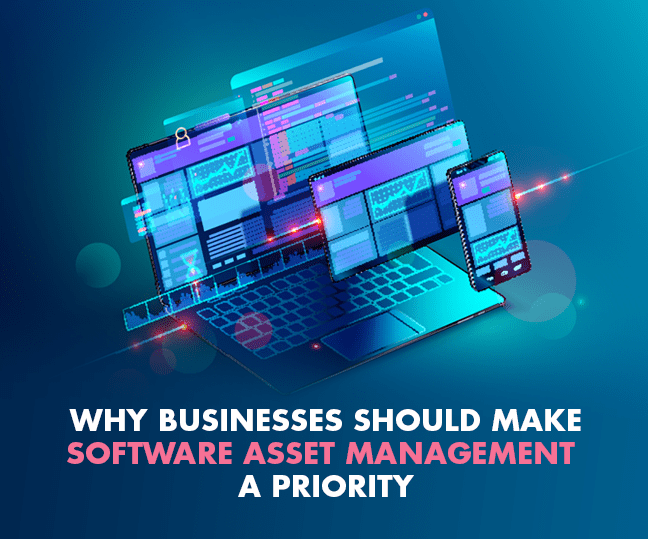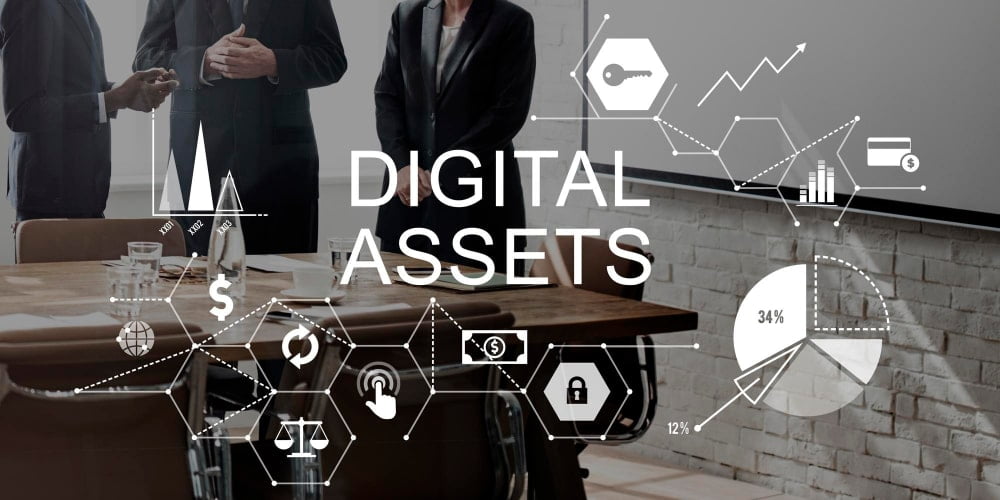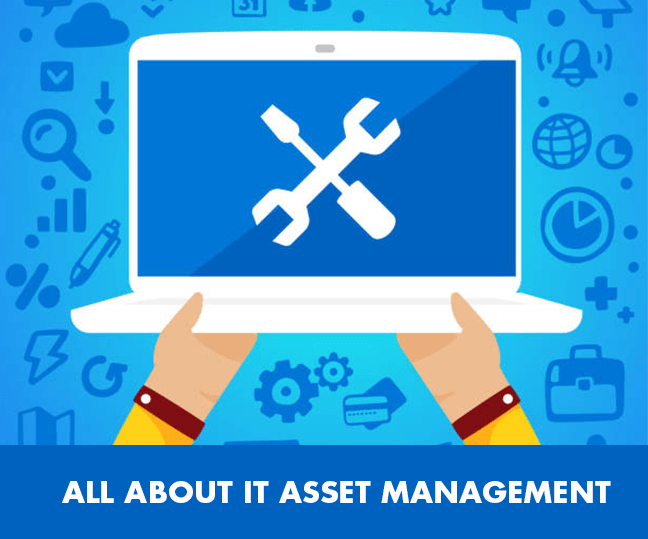Any organization that is in business consistently will have several sub-entities within the whole for it to operate smoothly and function in harmony. For an organization to function correctly, its assets and inventory must be maintained properly. Inventory management vs. asset management is crucial, as both are vital in optimizing operations, reducing costs, and ensuring efficiency. Understanding their differences and importance is key to effective business management.
If you are wondering what assets and inventory mean, then the former stands for what you own, and the latter stands for what you sell.
What Is Inventory Management
Whether it is IT asset inventory management or physical inventory management, what it infers is a systematic approach to store, order, and use the inventory. It may mean the management of raw materials and finished products. Inventory is one of the most important assets an organisation can have. When inventory lifecycle management is not done correctly, it can affect the business, and any shortage can ruin it. If this happens during the peak season, it can cause a complete disaster for the business. For example that is why warehouse asset tracking is so crucial.
Any organization worth its salt has the responsibility to maintain the correct level of stock at a particular period. However, it is important to understand that though a low amount of stock can cause problems, overstocking can cause problems too. The right median level is the one to aim for.
Inventory management is a lot about knowing when to order and when to reorder. When this is done correctly, it helps a business run smoothly but it is also something that can become chaotic if not handled well. That is why any business needs to pay attention to inventory management.
Advantages of Inventory Management
When an organisation invests in inventory management, some of the benefits it can enjoy are:
Decrease In Costs
If cutting costs is something that an organisation needs to do, proper inventory management is crucial. Knowing what is an inventory asset can reduce costs significantly by ordering only those items which will be sold during the upcoming season. Unnecessary overstocking can deplete an organization of money and increase costs.
Increase In Profits
When costs decrease, profits will increase. With IT asset management tools and data analytics, an organisation can avoid overstocking and instead enjoy increased profits. When this does not happen, it can lead to loss of revenue and overspending of money.
What Is Asset Management?
Asset management is the process of systematically developing, operating, maintaining, upgrading, and disposing of assets in a manner that is the most cost-effective.
The business world uses asset management to optimise costs, sustainability, risks, and performance. With asset tracking and inventory management, the entire lifecycle of physical and infrastructure assets is maintained including its designing, construction, operating, commissioning, maintenance, repair, modifying, and disposal.
For any organisation, asset management is crucial for functioning and growth. Unless this is done properly, it can affect the business end of it.
Advantages of Asset Management
When an organisation invests in proper asset management, some of the advantages it enjoys are:

Savings On Maintenance Costs
When assets are managed badly, it can lead to wastage of money on maintenance and it also causes a decrease in the lifespan of the said assets. No matter what an asset is, throughout its lifecycle, there are many maintenance and repair costs that an organisation has to bear. With good asset tracking and inventory management, it is easy for an organization to make sure that all information and data of assets is maintained well so that money is saved.
Data Analytics
When an organisation invests in high-quality inventory and asset management software, it also gets access to deep analytics to help manage its assets better. This not only increases the performance of the organisation as a whole but also resolves workflow issues as quickly as possible. This is good news for the organization.
Inventory Management and Asset Management: Similarities
The most important similarities that exist between inventory management and asset management are that both are used for cost reduction and resource optimisation purposes.
When proper IT asset inventory software is implemented by an organization, selling products is easier because there will be no overstocking. Having too many products present in-stock actually causes problems and it is not something an organization should ever do. Similarly, too few products will also cause a hindrance to the sales cycle.
In a facility such as a large hospital, where products are not sold but services are provided instead, asset management plays a similarly important role. With proper software asset management tools, it is possible to make sure that the hospital has assets that work efficiently to provide services to patients. More importantly these assets have to function at their peak since the health and welfare of patients are at stake.
Inventory Management vs. Asset Management
The main difference between asset and inventory is that while assets are what the organisation owns, assets are what you sell.
Also, assets are used long-term while inventory is what an organisation sells off.
For an organisation that wants to grow and prosper, it is important to not just manage inventory, but assets as well.
Conclusion
Both inventory and asset management are integral for the proper functioning of an organisation. Whether it is warehouse asset tracking or IT asset inventory management, Everest IMS has the answers. They are the leading providers of IT services to companies that want to grow and prosper.



















